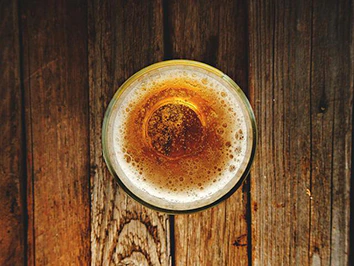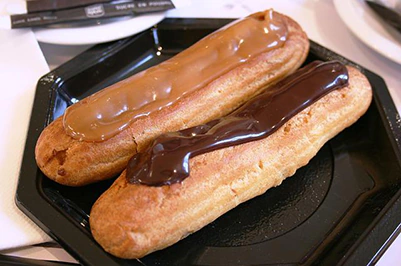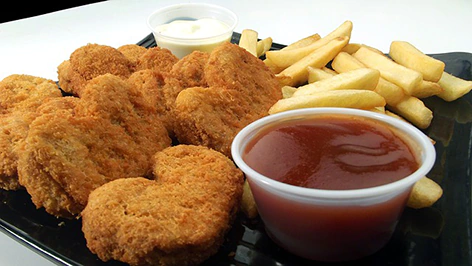| Additive Summary | Ammonia Caramel (E150c) |
|---|---|
| Essence | Ammonia Caramel or E150c is basically a fusion of burned sugar and ammonia to create in most cases brown food dye. |
| Names | Class III Caramel, Confectioner’s Caramel, Beer Caramel, Baker’s Caramel, E150c, Ammonia Caramel, and others. |
| Sourcing | Either sugar or glucose can be used to create the additive. Commercially, these are the two most preferred options. |
| Manufacturing | The sourcing ingredient gets heated and burned whilst being exposed to ammonia. |
| Application | Color (pale-yellow to amber to dark brown to black but typically red to brown, water-soluble). |
| Acceptable Daily Intake | 200 milligrams on every kilogram of bodyweight. |
| Side Effects | As with any highly processed sugar, this ingredient can cause major digestive issues, lead to obesity, weight gain, and malnutrition, promote heart disease, diabetes, cancer, leaky gut and many other ill health effects. |
| Benefits | None. |
| Studies | 20+ studies on Pubmed. Less than 5 studies on safety. |
| Allergens | It can contain Gluten or Milk (Lactose). |
| Diet Restrictions | Vegan-Friendly is not guaranteed. |
| Health Knight Assessment | Likely Harmful. | Category 4 Additive. |
| Products | Supplements and medicine will have the Ammonia Caramel among their ingredients rather rarely. It is commonly used in beers, sweets, candy, licorice, sauces, breakfast cereal, cookies, puddings, custards, desserts, food decorations, pastries, ice creams, syrups, gravy, fillings, soft drinks, biscuits, rums, whiskies, spirits, brandies, chocolates, noodles, cereal bars, french fries, tortillas, green teas, waffles, dressings, salads, pancakes, brown bread, chips, seasonings, vegetarian meat alternatives, oats, nachos, energy drinks, broths, spreads, vinegar, beef and chicken products, baked beans, seafood sticks, pizzas, veggie burgers, snacks, coatings, cheesecakes, mushroom-related foods, mints, toppings, yogurts, bouillons, donuts, and other foods. |



